Is a house on stilts a temporary structure, a compulsory measure against harsh natural conditions – or a new take on a tree house elevating the housing on an art level? More often than not such buildings are a design choice rather than a necessity, with pleasant bonuses of low ecological impact and unmatched views.
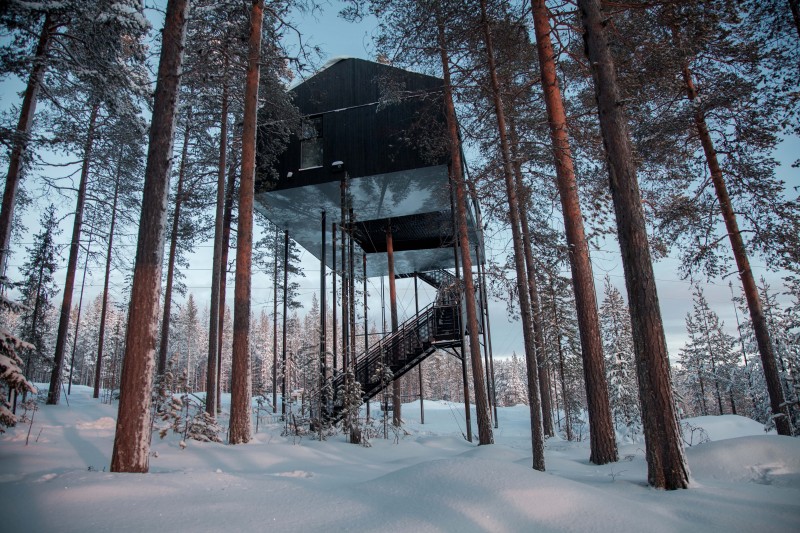
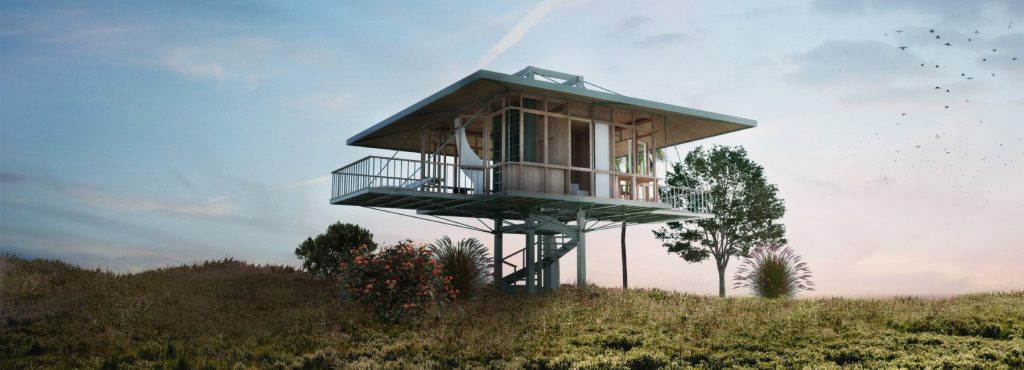
Stilt Studios by Alexis Dornier
Bali-based architect Alexis Dornier has developed plans for a series of environmentally friendly prefabricated villas in Indonesia. These experiential housing, aptly named Stilt Studios, is set to be built on stilts, so that they can be erected quickly in remote areas, even on awkwardly shaped plots or those with difficult terrain.
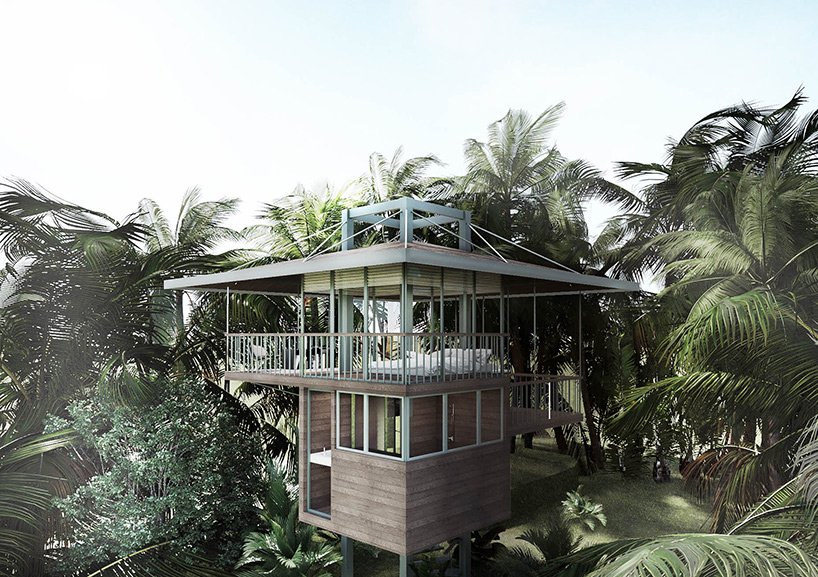
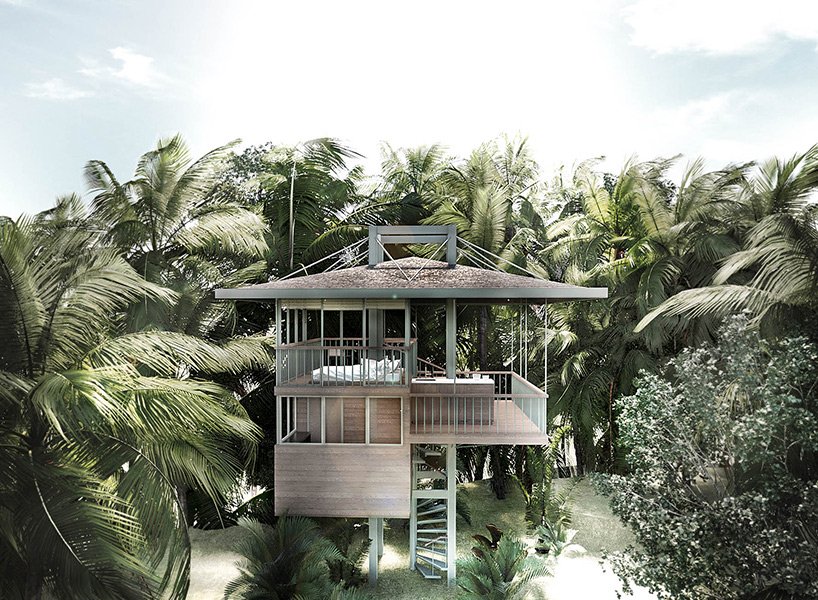
Stilt Studios by Alexis Dornier
According to Dornier, the plans include a variety of alterations of suspended tensile structures, with different façade expressions that are customizable in design and material. The concept is scalable and the offer includes buildings in different sizes as well as multi-level solutions.
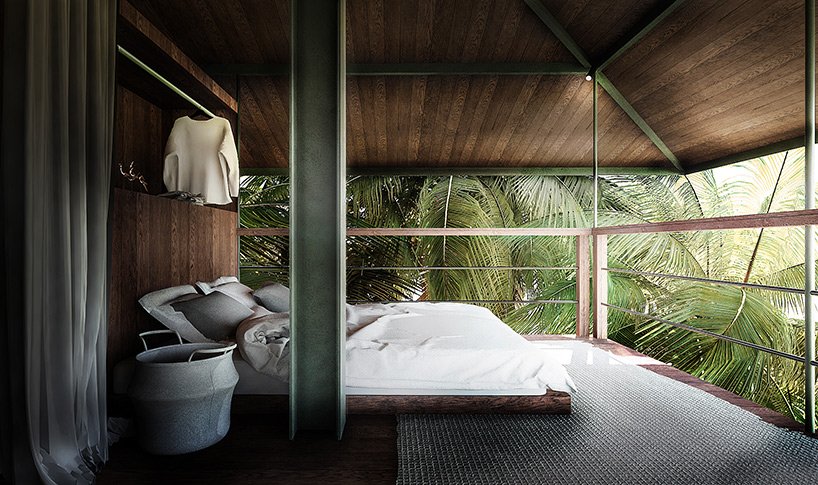
Stilt Studios by Alexis Dornier
The houses can be built without removing trees from the forest that would serve a building site, while the off-the-ground construction enables user to grow food underneath the structures. The project also possesses a number of sustainable features, in addition to having a minimal physical footprint, including large overhangs designed to reduce solar-heat gain, rainwater harvesting, cross ventilation, and energy-generating solar panels.
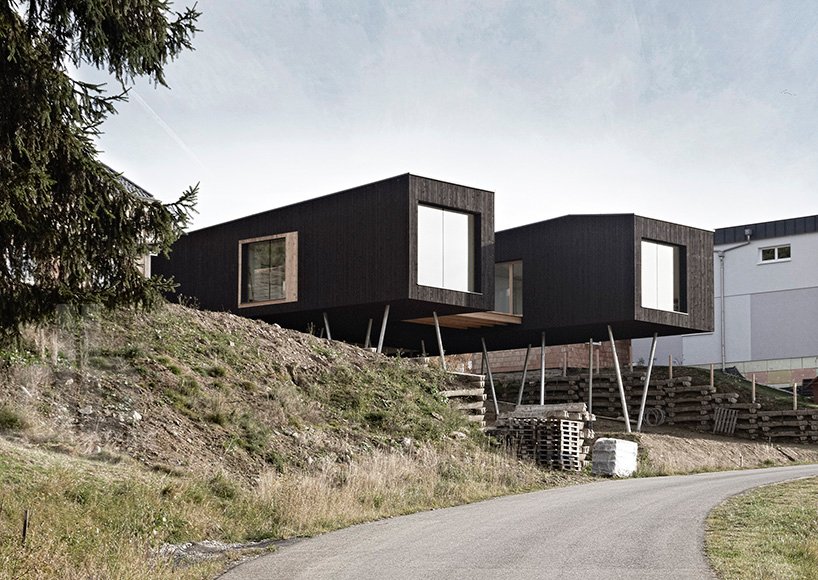

House S by HPSA
Austrian studio HPSA has developed House S as a response to the brief calling for a cost-efficient house with a maximum of 130sqm of inhabitable space, without the need for a basement. The resulted structure is placed on pillars, offering expansive views over the surrounding mountainside.
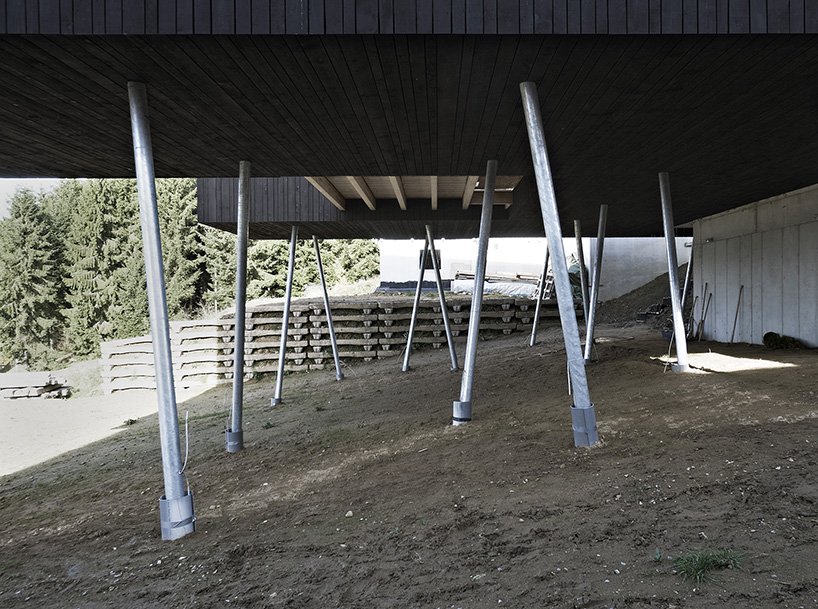
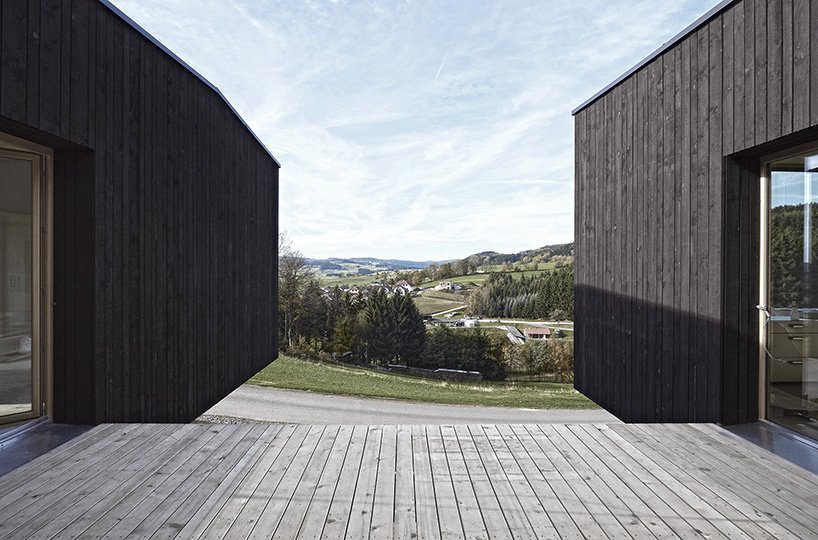
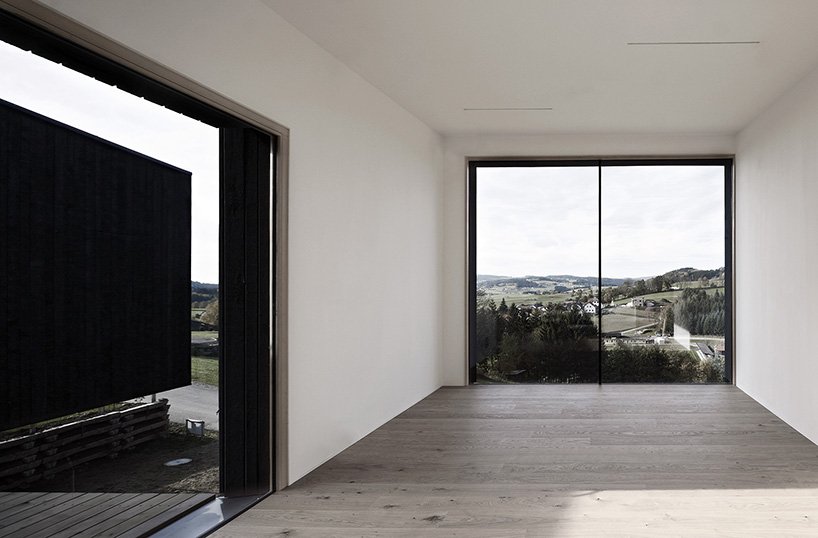
House S by HPSA
The building perched on a hill appears to be floating over the edge as it projects outwards to allow the natural terrain to remain untouched. The U-shaped volume also provides a weather protected area to enjoy the scenery.

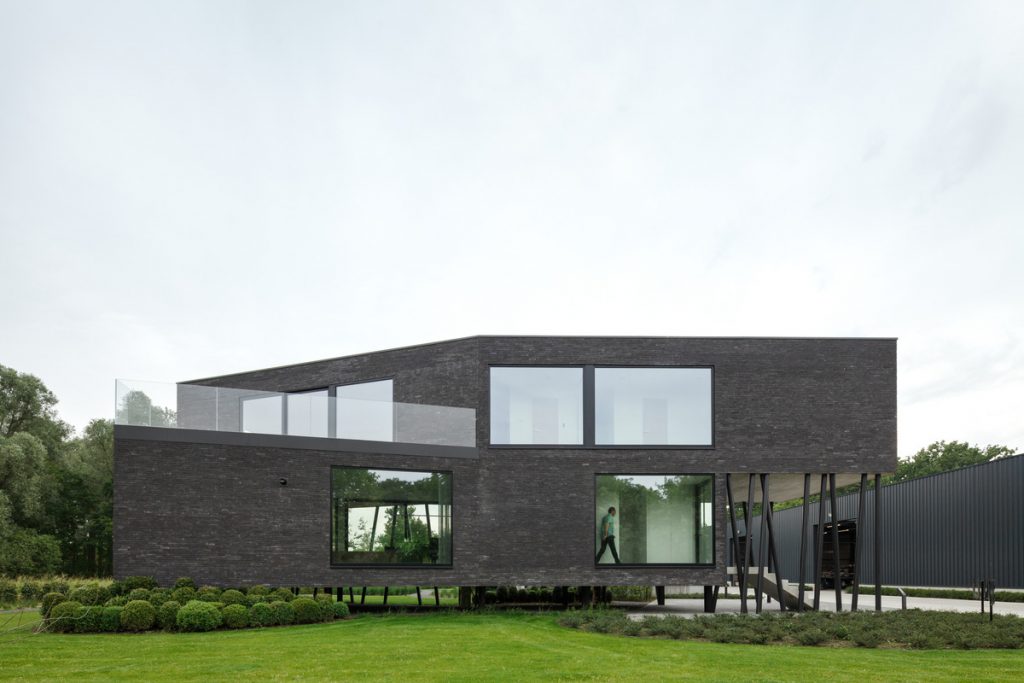
Brick office by Wil-Ma and Wastiau
Belgian studios Wil-Ma and Wastiau have collaborated on the design of Office Nete, a small office building on stilts in rural Belgium. Aimed to house the office of a window manufacturer, the building is located near the Grote Nete river within a protected a natural landscape, which explains why the team suggested elevating the structure. On the one hand, stilts help to protect the office building from flooding, while on the other hand, it softens its presence in the surroundings, endowing it with a lighter appearance.
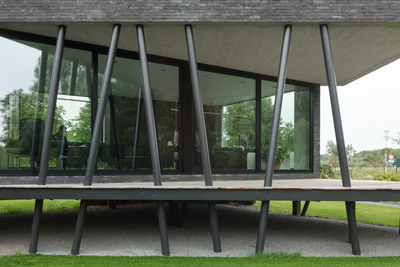

Brick office by Wil-Ma and Wastiau
According to the architects, the office is meant to resemble a house. Dark coloured brick commonly utilized for contemporary houses in the area was used for cladding to enhance that feel. Similarly, the stilts are designed angled to reference the irregularity of the surrounding trees, so the building looks like it blends with the natural surroundings. The steel-framed building appears to be floating above the landscape, making its presence in the natural environment subtle.
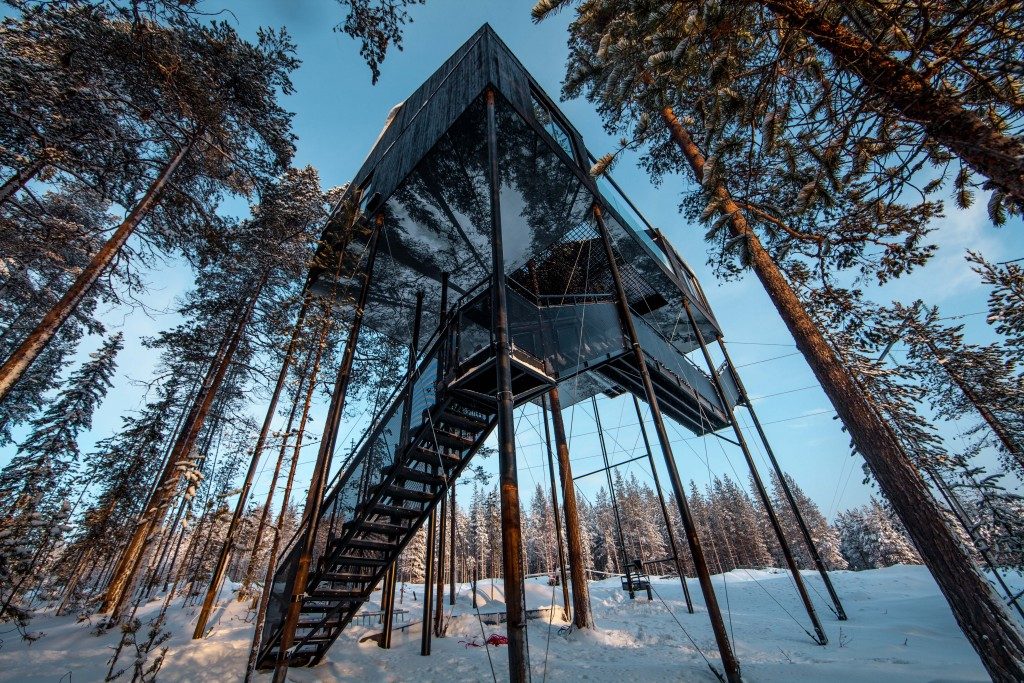
Treehotel by Snøhetta (also header image)
https://snohetta.com/projects/320-the-7th-room
Hovering 10 meters above the ground within the tree canopy, the 7th room, a new addition to the renowned Treehotel by Norwegian studio Snøhetta, provides the guests with a breathtaking view of the Lapland treetops. The design features expansive, openable skylights, floor-to-ceiling windows that give one the best chance to see the Aurora Borealis on a clear day, a netted terrace suspended above the forest, and a tree stretching up through the cabin, all of these making the cabin appear to be a part of the forest.
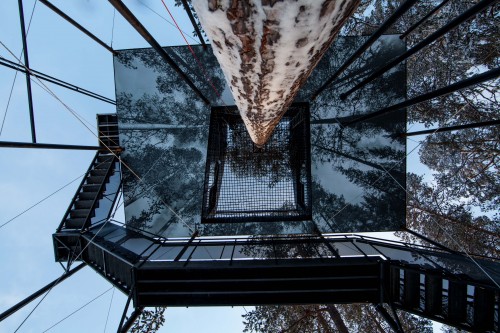
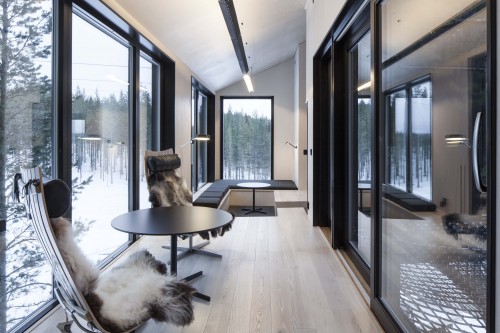
Treehotel by Snøhetta
The design of the 7th room aims to bring people and nature closer together, extending the cabin’s social spaces to the outside and further blurring the boundaries between indoor and outdoor. Entering the cabin, one arrives into the lounge area, which is connected with a netted terrace through a large glass door. Extending the social space of the lounge, the double-layered net spans between the two bedrooms with a pine tree peeking through in the middle.
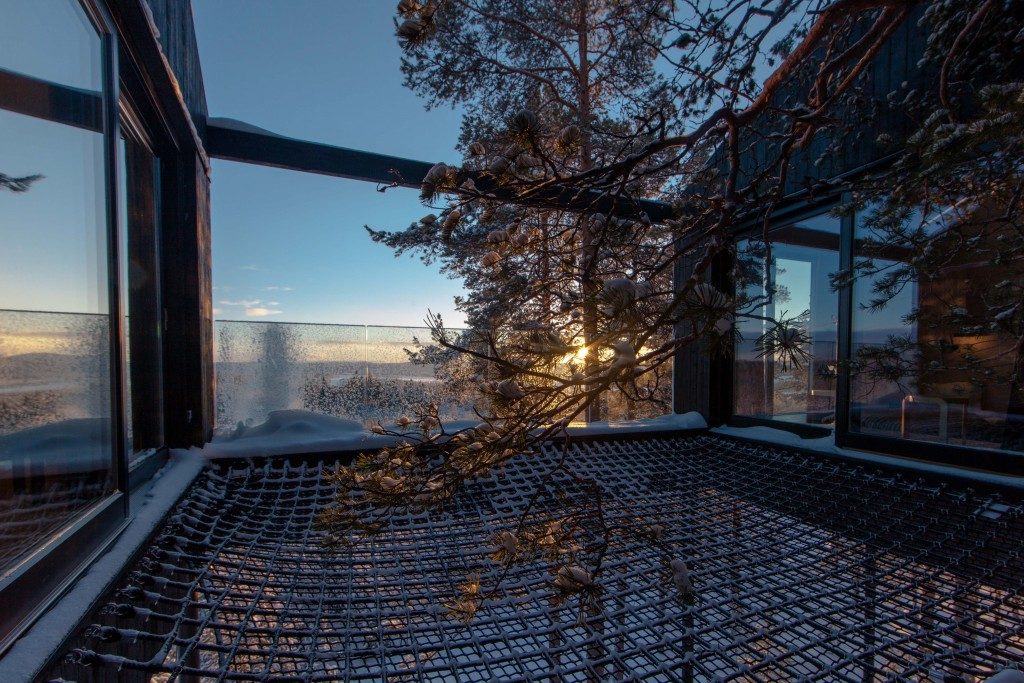
Treehotel by Snøhetta
To reduce the impact on the surrounding forest, the cabin is supported by twelve columns, which provides more stability and gives a feeling of height and weightlessness. A staircase brings guests from the ground and up into the cabin, along with a small lift for transporting luggage.